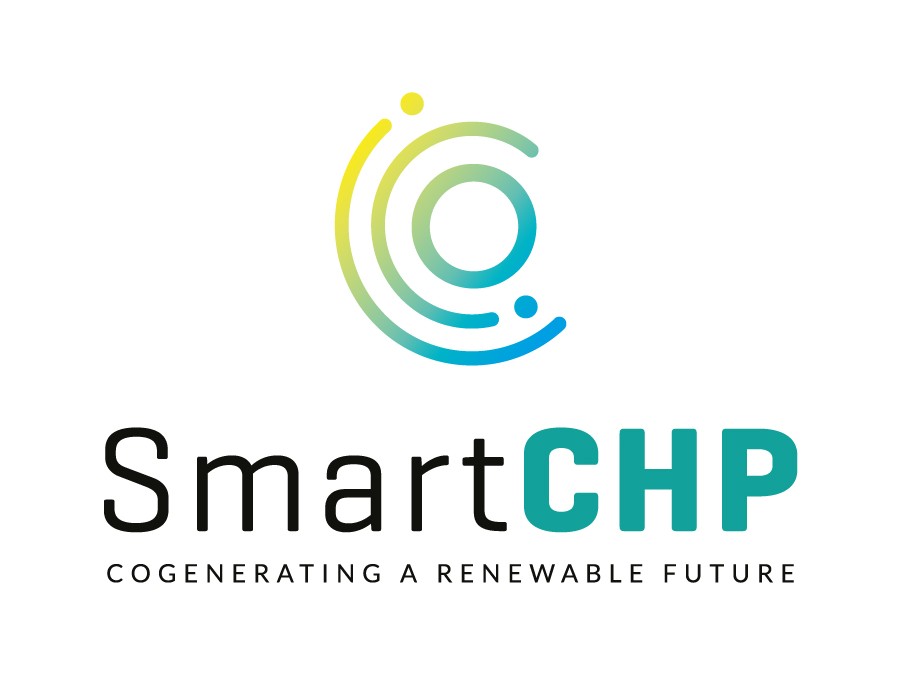SmartCHP: “A promising application with huge market potential”
BTG Biomass Technology Group (BTG) is a Dutch SME, which for the past 30 years has specialised in the conversion of biomass into useful fuels and energy. They have had particular success with their proprietary fast pyrolysis technology, now commercialised via sister company BTG Bioliquids. The product of fast pyrolysis – pyrolysis oil – has many applications that are still being explored. The latest research – SmartCHP – focuses on developing a novel cogeneration unit to produce renewable heat and electricity. We spoke to BTG Chief Technology Officer Bert van de Beld to find out more. Where did the inspiration for SmartCHP come from? Using pyrolysis oil in small-scale combined heat and power (CHP) units is considered as a promising application with a huge market potential. It can also play an important role in balancing the grid, by counterbalancing solar and wind. In fact the idea of a cogeneration engine running on fast pyrolysis bio-oil (FPBO) has been around for a long time, and several research projects have been funded on the topic. So what is the main novelty of the SmartCHP unit? The main innovation in the SmartCHP project is the integration of different units into a highly efficient CHP system. With the inclusion of a smart control unit the system will be able to deal – simultaneously – with fluctuations in power and heat demand, meaning it will have extraordinarily high flexibility. What will be the toughest challenge in developing the SmartCHP system? Our aim in the first part of the project is to get the diesel engine running stably for long periods (more than 500 hours) on fast pyrolysis oil. The main challenge will come in the second half of the project when all the units (engine, combustor, flue gas cleaning and smart control) developed by different partners will be integrated in a single CHP prototype. It will be challenging from a technical point of view, but also from an organisational perspective. What is the main impact you hope SmartCHP will have on the future society? For sure power production by solar and wind will grow significantly in the next decades, in line with the ambition of different societies to become climate neutral. It also means that we need renewable back-up power. For short term storage for example batteries can be used, but for the medium- and longer-term biomass-based heat and power can play an important role. What do you enjoy most about working on collaborative projects like SmartCHP? On the one hand the technical development; finding and demonstrating solutions and in the end creating a new product is enjoyable. On the other hand, working in an international consortium with experts from different areas and background which leads to new insights and approaches is highly interesting and makes it fun to work on a project like SmartCHP. Which 5 words would you use to describe SmartCHP Sustainable, innovative, flexible, bioliquids, challenging Find out more about the project at www.smartCHP.eu or follow us on Twitter @SmartCHP2020



